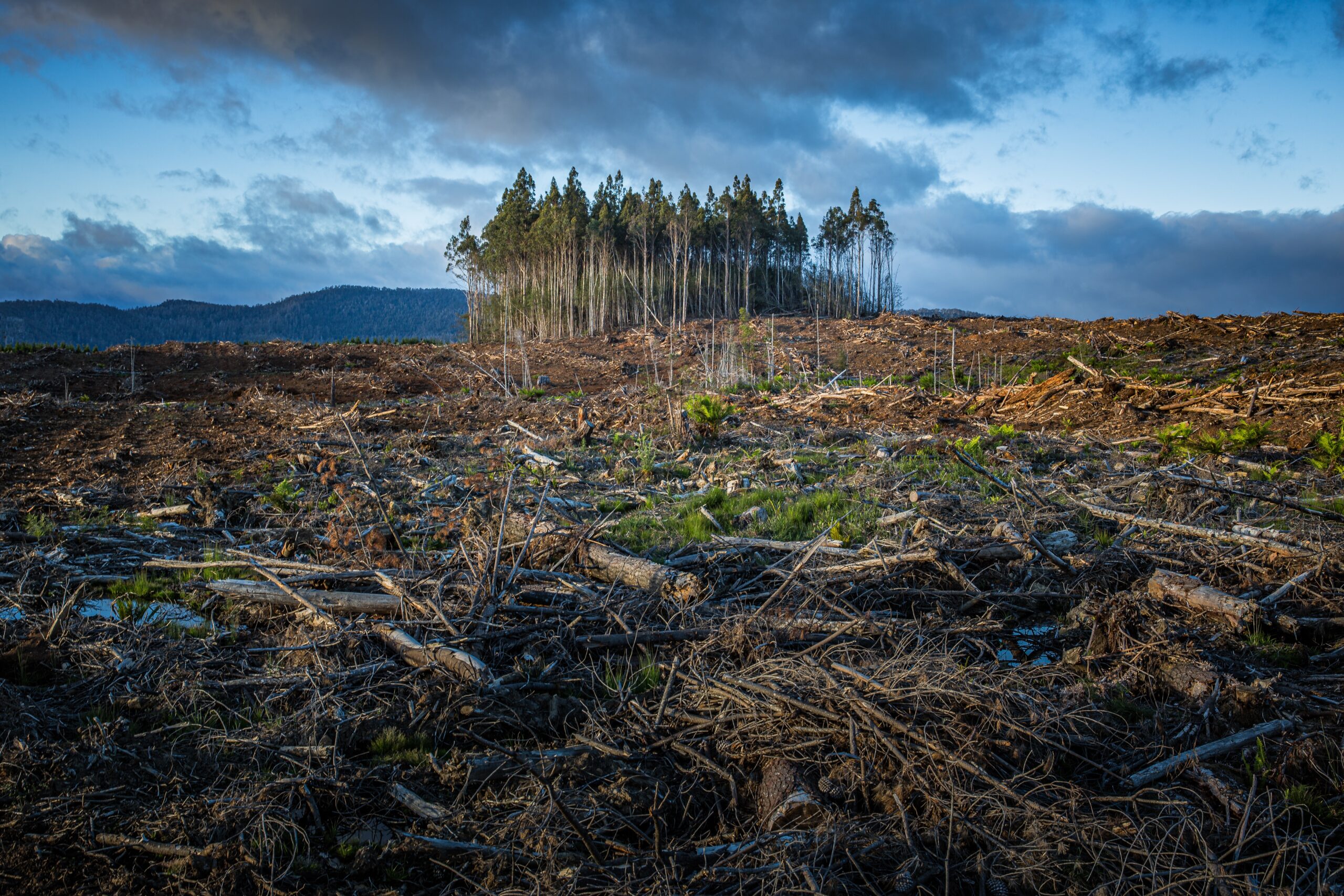Understanding Climate Change
Climate change is a significant and lasting shift in average weather conditions, leading to changes such as increased warmth, precipitation variations, or altered dryness over extended periods, typically spanning several decades or more. This prolonged trend sets climate change apart from natural weather variability. Its effects are far-reaching and diverse, evident in devastating events like record floods, intense storms, and life-threatening heatwaves. To tackle this global challenge, it is essential to understand the underlying causes of climate change, its profound influence on the Earth and its inhabitants, and take proactive measures to address it. By acknowledging the urgency of this issue and acting collectively, we can strive to safeguard our planet and secure a sustainable future for generations to come.
Evolution of Terminology in Climate Science
The evolution of climate science terminology spans different periods. Before the 1980s, scientists used “inadvertent climate modification” to refer to human impacts on climate, grappling with the balance between greenhouse gas warming and cooling effects of airborne particulates. In the 1980s, “global warming” and “climate change” gained popularity, with the former denoting increased surface warming and the latter encompassing broader changes in Earth’s climate system. “Global warming” gained prominence after James Hansen’s testimony in 1988, while “climate change” saw increased usage from the 2000s and includes both human-caused and natural changes throughout Earth’s history. In present-day discourse, terms like “climate crisis” or “climate emergency” are frequently used to emphasize the urgency and severity of climate change. Additionally, “global heating” is gaining traction to highlight the overall rise in temperatures and its broader impact on the planet. These evolving terminologies reflect growing awareness of the seriousness of climate change and the need for immediate action.
Measuring Climate Change Over Time
Climate represents the overall weather conditions of a region as observed over many years. For instance, in the United States, Maine experiences cold and snowy winters, while South Florida enjoys a tropical climate throughout the year. Various technologies, such as Earth-orbiting satellites, remote meteorological stations, and ocean buoys, are utilized to monitor present-day weather and climate patterns. However, the most valuable insights into long-term climatic changes come from paleoclimatology data, sourced from natural indicators like ice cores, tree rings, corals, and sediment samples from oceans and lakes.
These records offer a comprehensive view of the Earth’s climatic history, stretching back millions of years. By studying these ancient clues, scientists can analyze the transformations that occurred in the Earth’s atmosphere, oceans, land surfaces, and frozen water systems (cryosphere) over vast timescales. Sophisticated climate models play a vital role in understanding and predicting future climate trends with remarkable accuracy. Scientists feed the extensive data gathered from various sources into these models, allowing them to simulate potential scenarios and anticipate the implications of climate change on a global scale.
Causes of Climate Change
Throughout Earth’s history, natural forces have been the primary drivers of climatic fluctuations, including variations in the intensity of the sun, volcanic eruptions, and changes in naturally occurring greenhouse gas concentrations. These factors have shaped the planet’s climate over millennia, even before human existence. However, it is crucial to recognize that the current climatic warming, particularly since the mid-20th century, is unprecedented and cannot be solely attributed to natural causes. Scientific evidence, supported by organizations like NASA, indicates that while these natural forces continue to play a role, their influence is limited, and they operate too slowly to explain the rapid warming observed in recent decades.
Instead, human activities have become the main contributors to modern-day climate change. The emission of greenhouse gases, such as carbon dioxide, into the atmosphere is the primary driver of the current warming trend. As a result, human-induced climate change has become the dominant force impacting our planet’s climate. Understanding the distinction between natural and human-induced climate change is vital in effectively addressing this global challenge. While natural forces continue to play a role, it is essential to focus on mitigating the impact of human activities to ensure a sustainable and stable future for our planet.
The Impacts of Climate Change on Humans
Climate change has far-reaching impacts on various aspects of human life. Rising temperatures exacerbate and increase the frequency of disasters like storms, floods, heatwaves, and droughts, leading to devastating consequences such as property damage, loss of life, and disruptions to access clean water and air. Air pollution intensifies with higher temperatures, posing health risks due to increased smog, soot, and allergenic pollutants.
As climate change causes ice sheets to melt, sea levels rise, endangering coastal ecosystems and low-lying areas, including major cities like New York and Mumbai. Oceans also face threats from increasing acidity, harming marine life with calcified shells or skeletons. Wildlife struggles to adapt to changing habitats, leading to increased extinction risks for many species.
The World Health Organization predicts approximately 250,000 additional deaths per year between 2030 and 2050 due to climate change. Global warming results in fatalities and illnesses from heat stress, heatstroke, respiratory problems, and cardiovascular diseases. Extreme weather events can cause injuries, drinking water contamination, and damage to infrastructure, leading to community displacement.
What Can We Do to Fix It
Even without making drastic changes to our lifestyle, there are several simple yet effective ways individuals can help fight climate change and contribute to climate action like energy conservation through using energy-efficient appliances and turning off electronics when not in use, opting for public transportation or carpooling, reducing waste through recycling and reusing, planting trees for CO2 absorption, supporting renewable energy sources, raising awareness and advocating for sustainable policies, conserving water, exploring carbon offset programs, and choosing products from environmentally responsible brands. . While individual actions alone may not entirely solve the climate crisis, collective efforts by millions of people can have a significant positive impact on reducing CO2 levels which is a major cause to climate change and fostering a more sustainable future.
